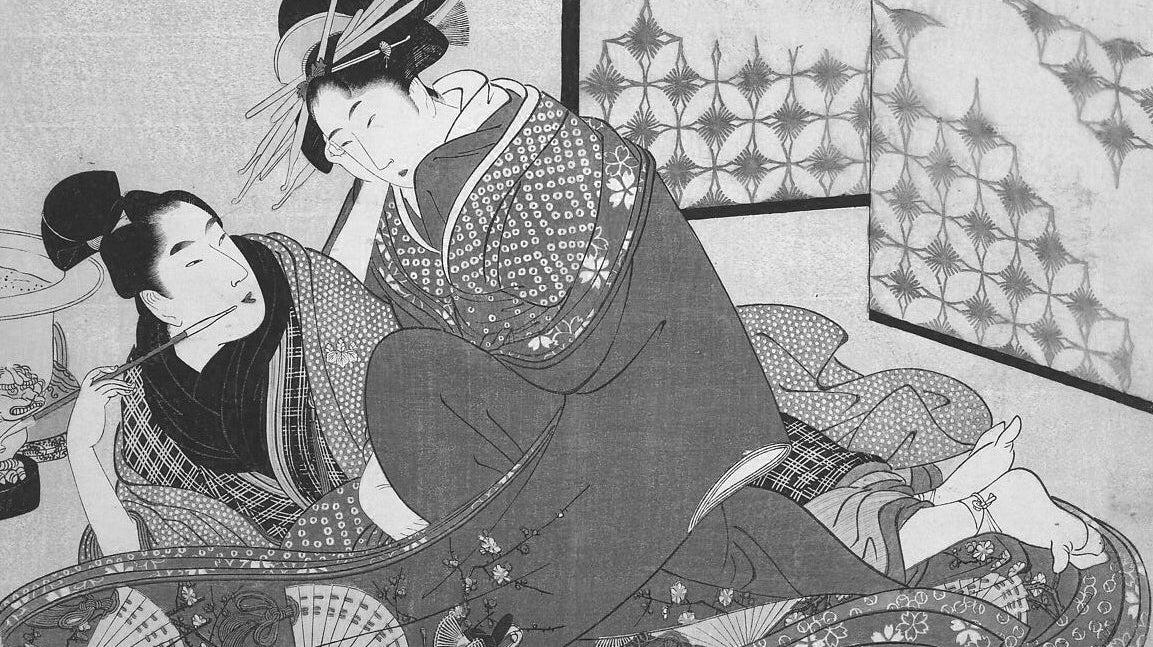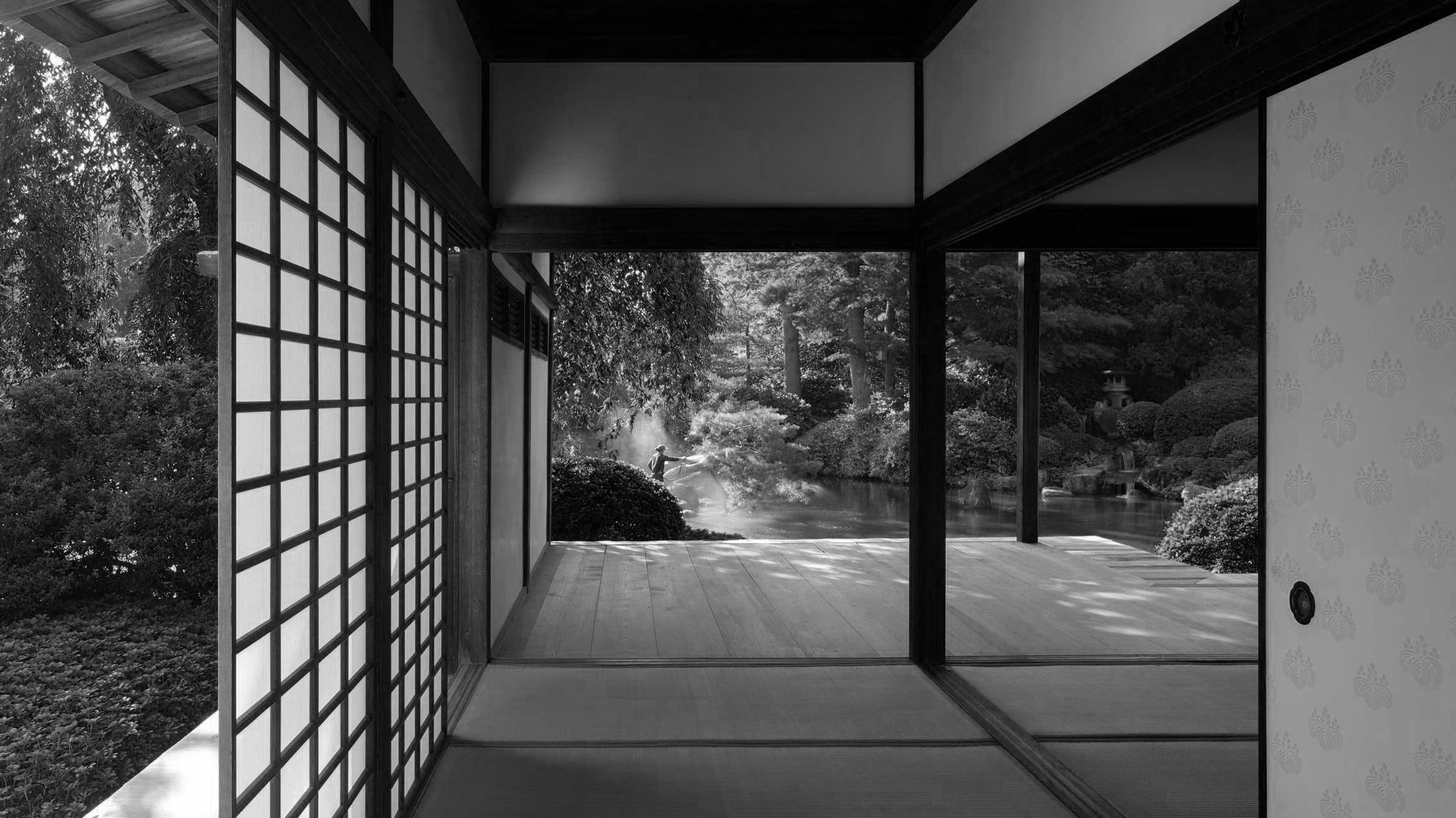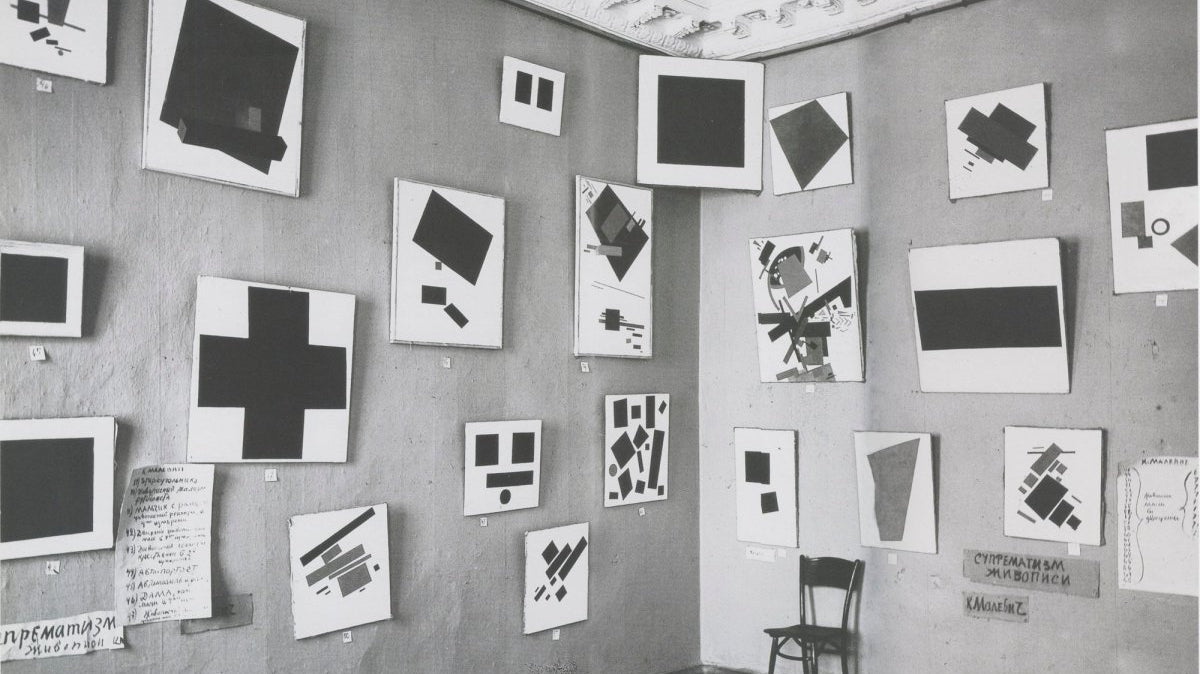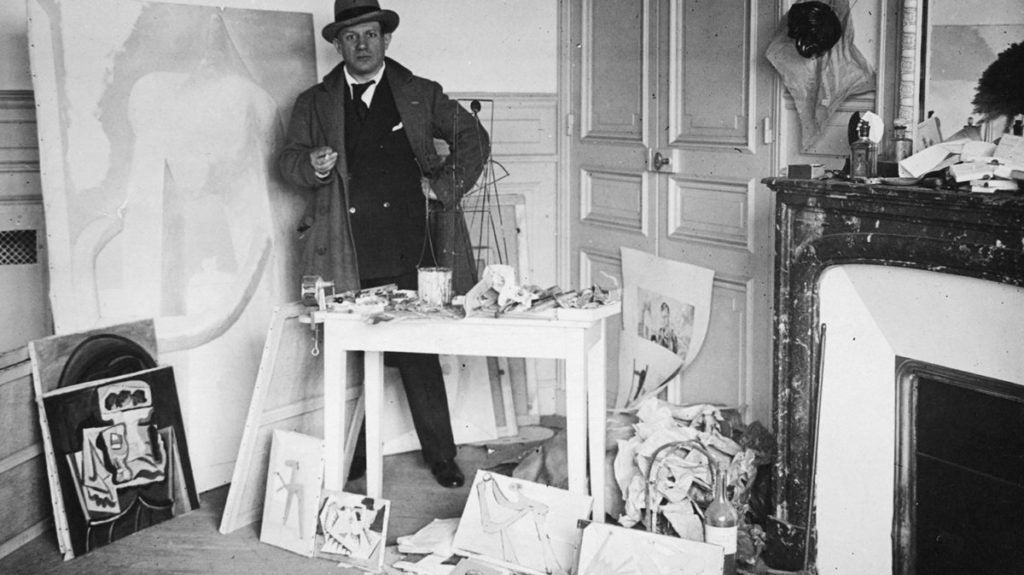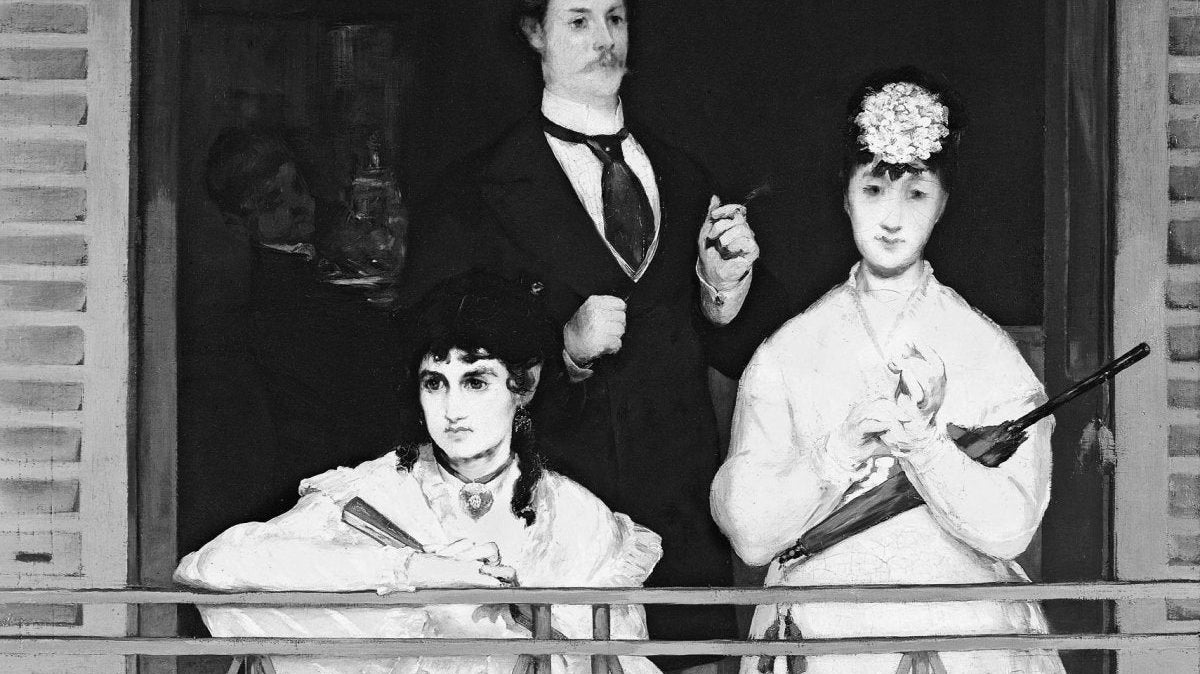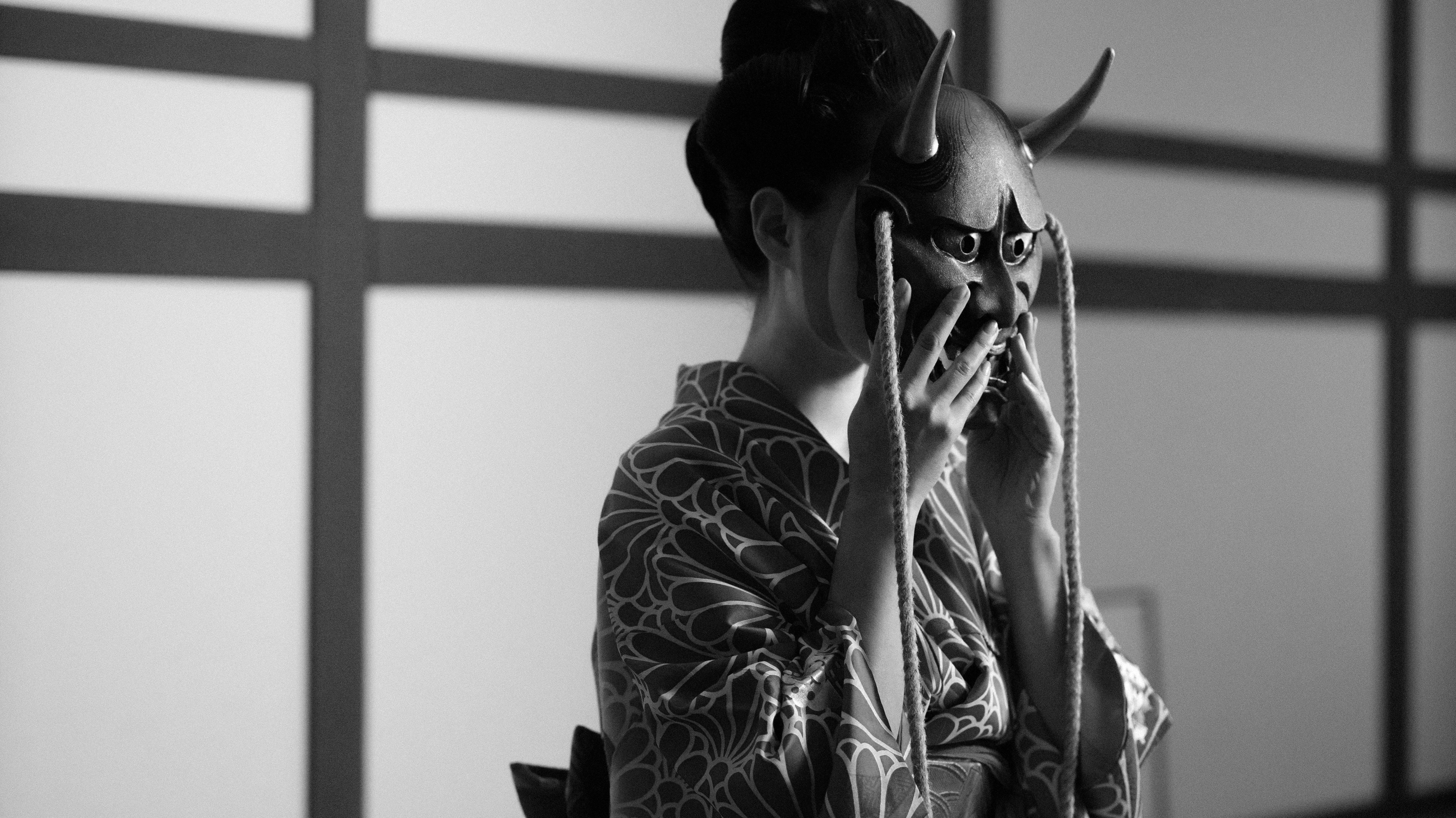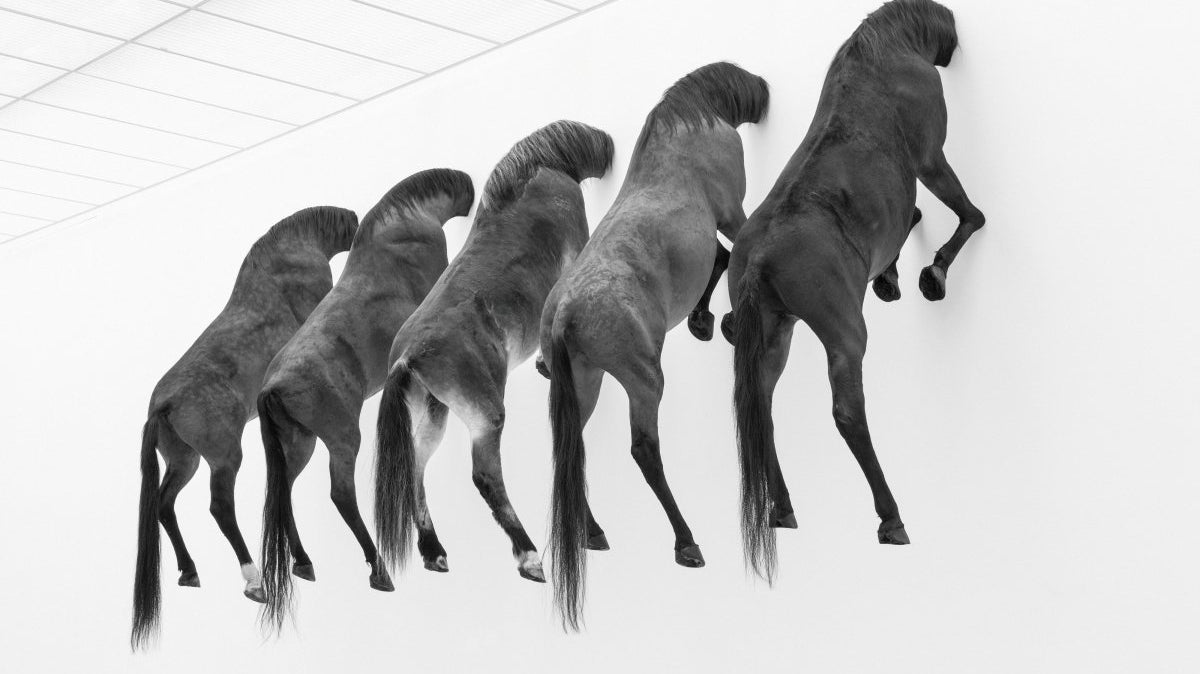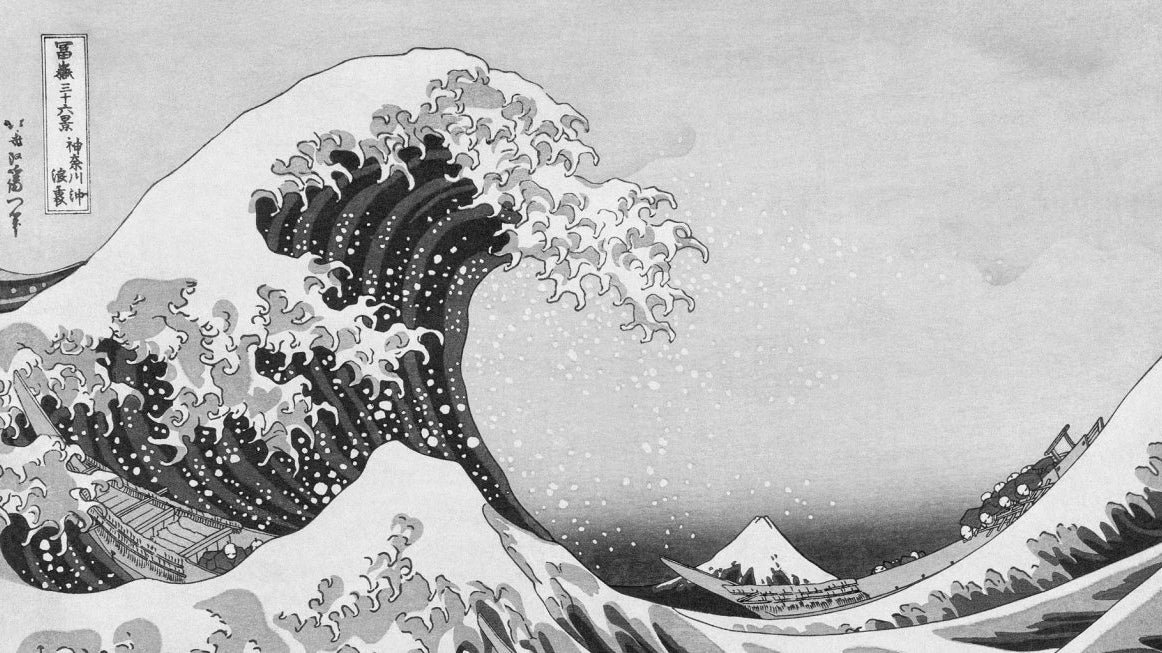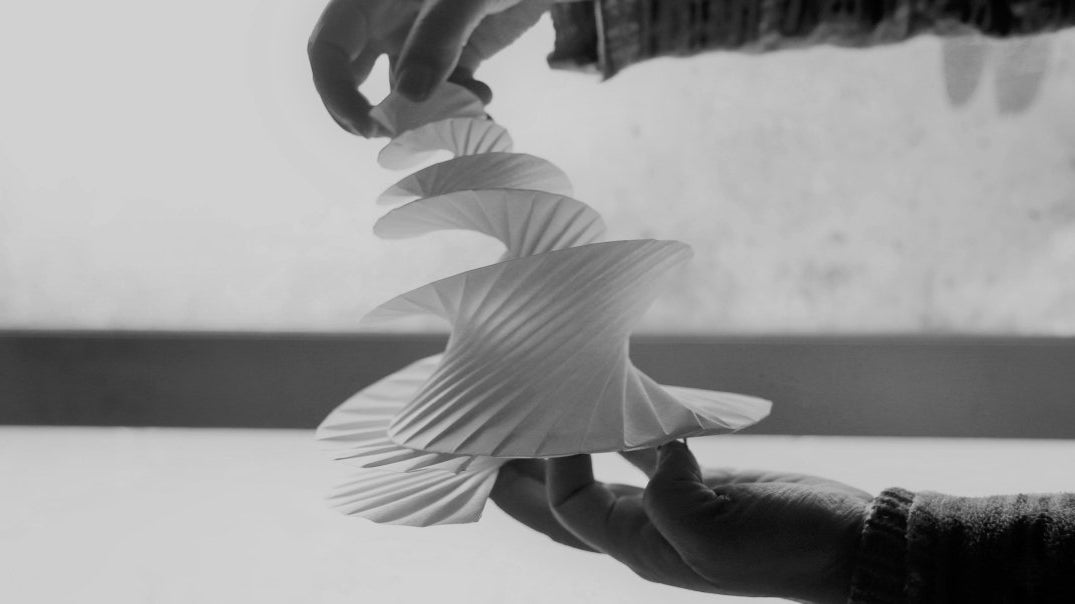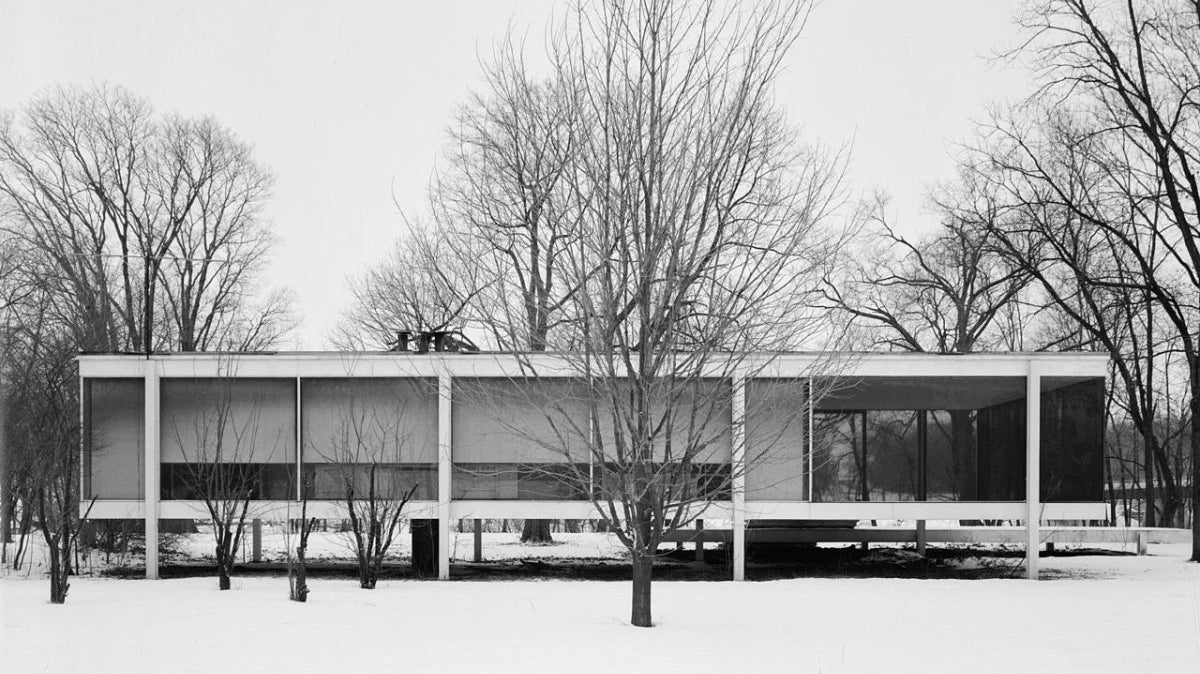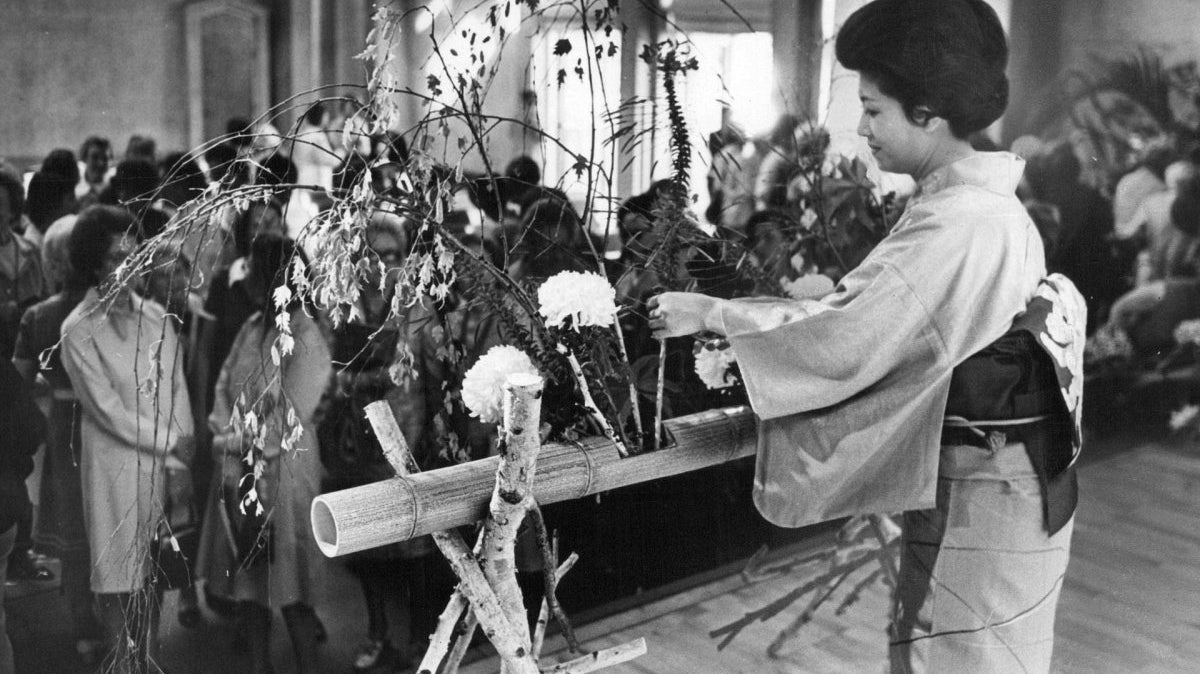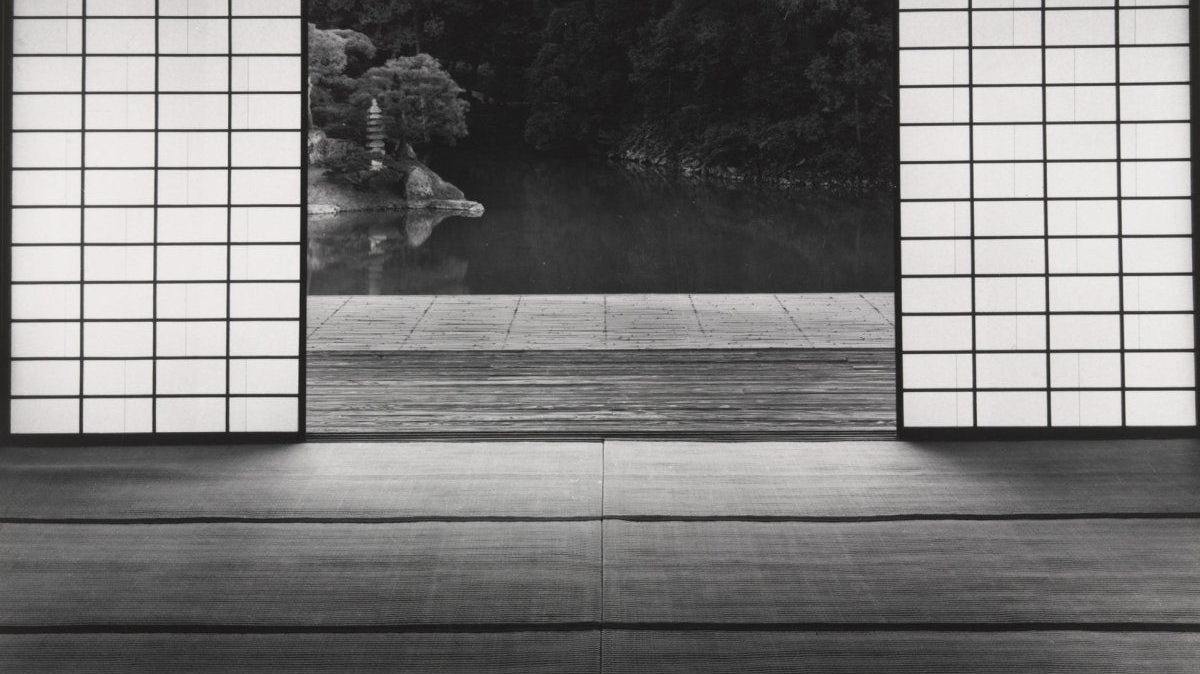Journal
Ukiyo-e: A Guide to Japanese Woodblock Printing
Ukiyo-e, the art of Japanese woodblock printing, is a fascinating window into Japan's vibrant history and way of life from centuries ago. Originating during the Edo period, it not only forms an integral part of Japan's cultural heritage but also greatly influenced the world of art.
Ma: The Japanese Aesthetic of Negative Space and Time
In Japanese culture, there's a profound concept known as "Ma." It involves appreciating the space between things and helps create balance and harmony in various aspects of life.
What is Abstract Art? Exploring the Birth and Pioneers of Abstract Art
What is Abstract Art? Abstract art is a unique style that sets itself apart by not attempting to replicate the real world in a literal sense. It has been a significant part of modern art since the early 1900s and often carries a sense of deep meaning.
Picasso's Blue Period: Origins and Inspirations
Pablo Picasso's Blue Period, from 1901 to 1904, is a key phase in his art. It's known for its somber monochromatic paintings, mostly in shades of blue and blue-green.
Impressionism: The Art of Capturing Fleeting Moments
Impressionism, a 19th-century art movement, captured light, color, and everyday life in new ways. Its artists revealed fleeting beauty in nature and modern life.
Noh Theatre Masks: History, Meaning, and Hidden Stories
Noh masks aren’t just costumes. Each one represents character roles and symbolizes cultural and mythological concepts in Japan’s traditional theatre.
3 Main Differences Between Modern Art & Contemporary Art
Confused about Modern and Contemporary art? Though these terms are often used interchangeably for what's current, it's vital to grasp their distinct art historical meanings. Let's explore the 3 main differences between them.
Japanese Art Symbols: Hidden Meanings in 5 Important Symbols
In Japanese art, symbols are powerful tools for conveying meaning and depth, present in both traditional and modern designs. They aren't merely decorative elements; instead, they hold deep poetic and philosophical meanings.
Origami: Japanese Art of Paper Folding and Influence on Modern Design Trends
Origami, the Japanese art of paper folding, has evolved into a limitless form of expression, allowing artists to create intricate designs and sculptures without cutting or using glue.
Choosing Between "Less is More" and "Less is a Bore"
This article delves into two design philosophies: "Less is More" and "Less is a Bore." These principles provide unique views on creativity, making us question our assumptions and reshaping how we perceive the impact of simplicity and complexity in design.
Ikebana: The Art of Japanese Flower Arrangements
Ikebana is the Japanese art of flower arrangement, deriving its name from the concept of "bringing flowers to life," as the term suggests.
Japanese Zen Gardens: Finding Tranquility in Dry Landscapes
Japanese Zen gardens, alternatively referred to as Karesansui, can be found all over Japan and are appreciated for their simplicity and serenity.

